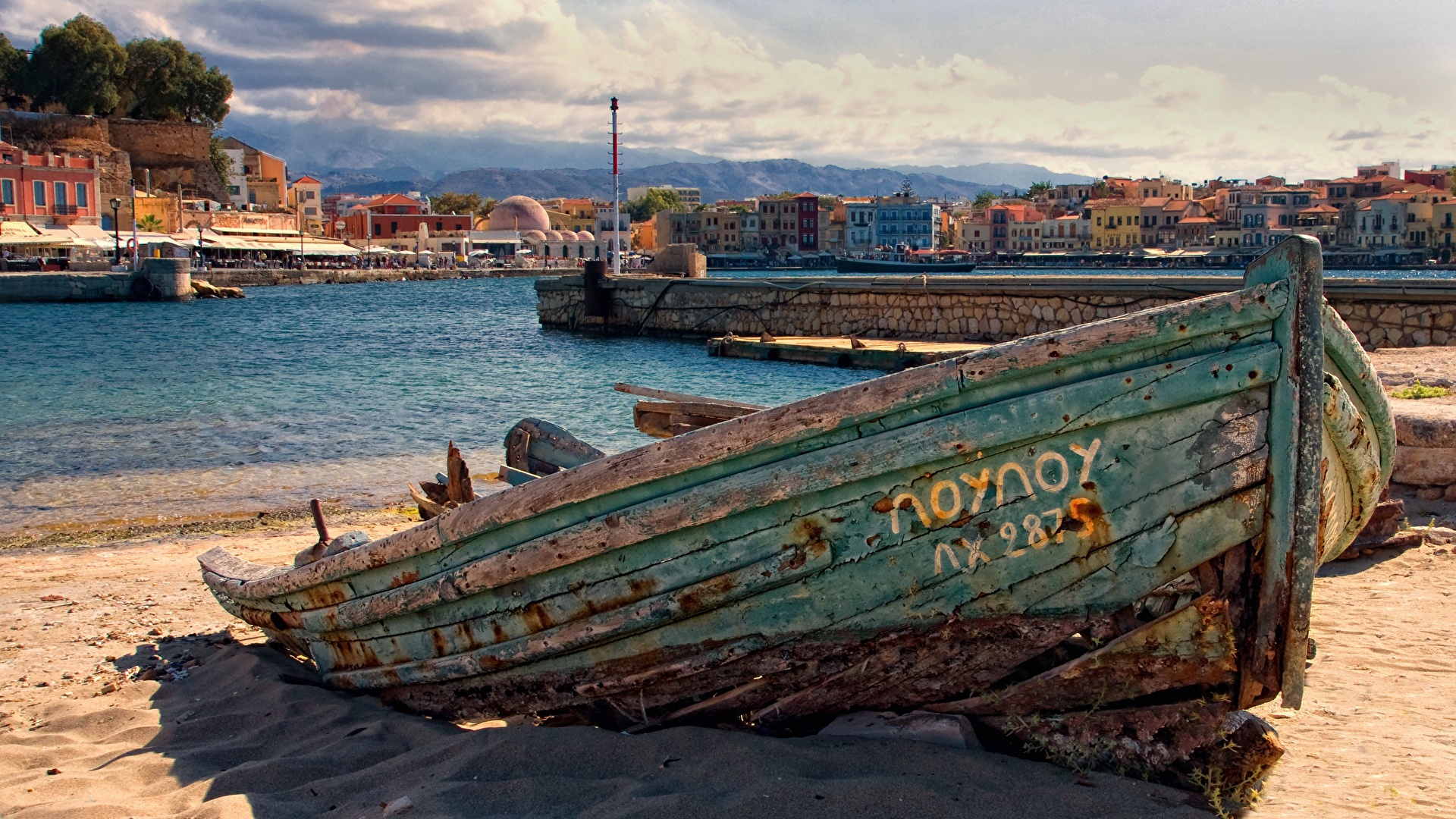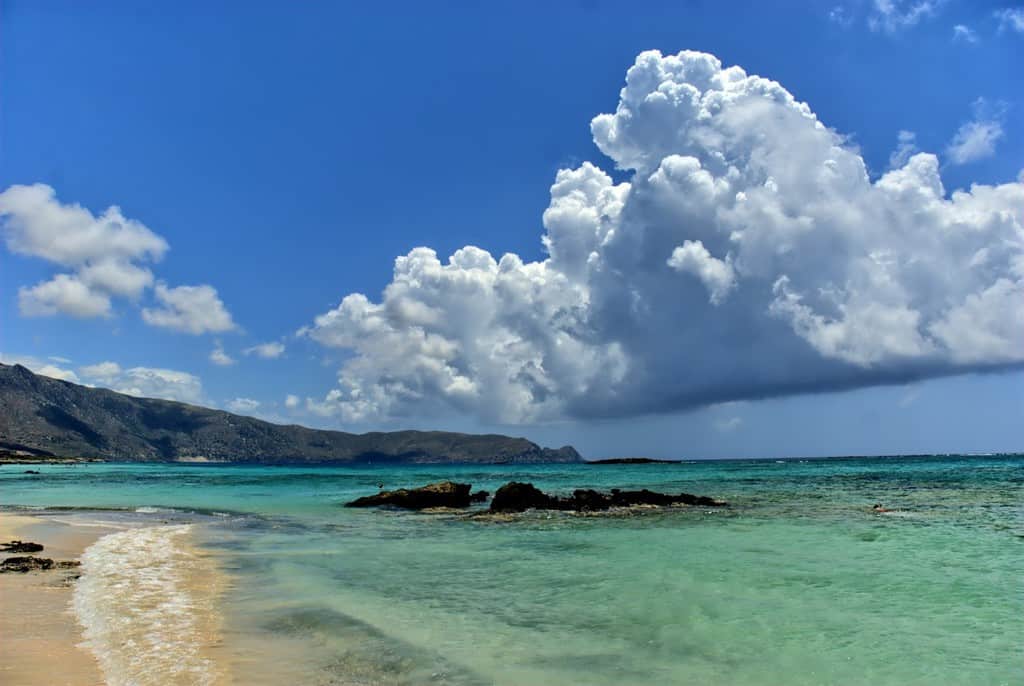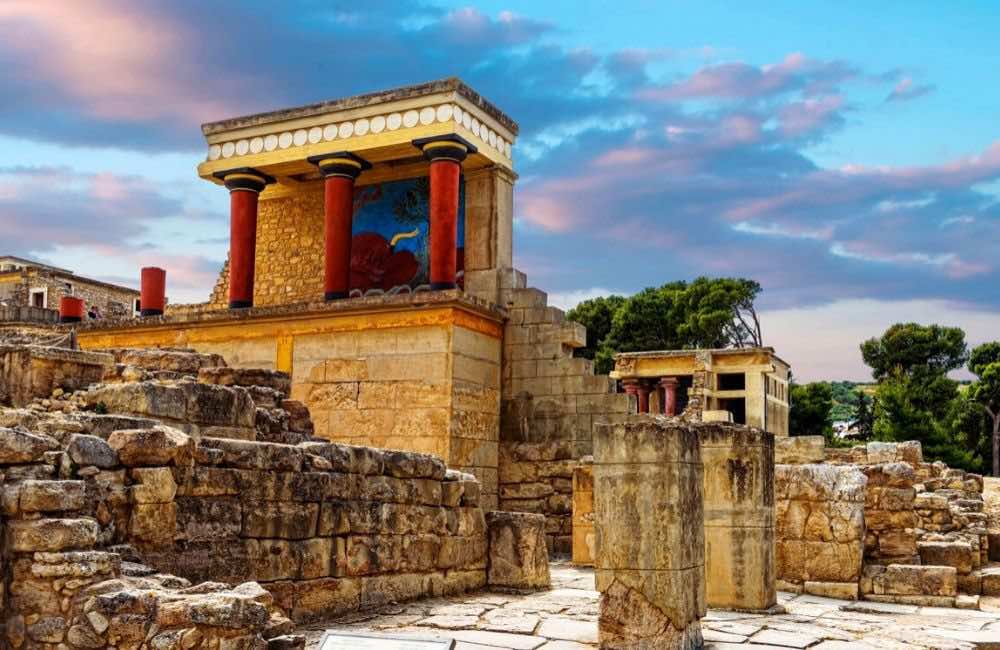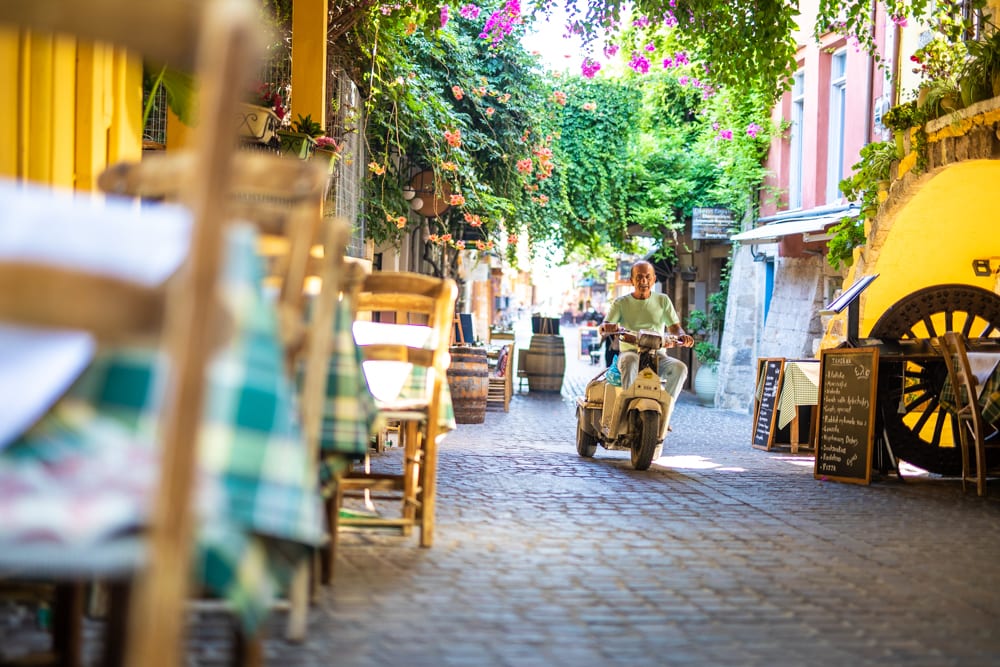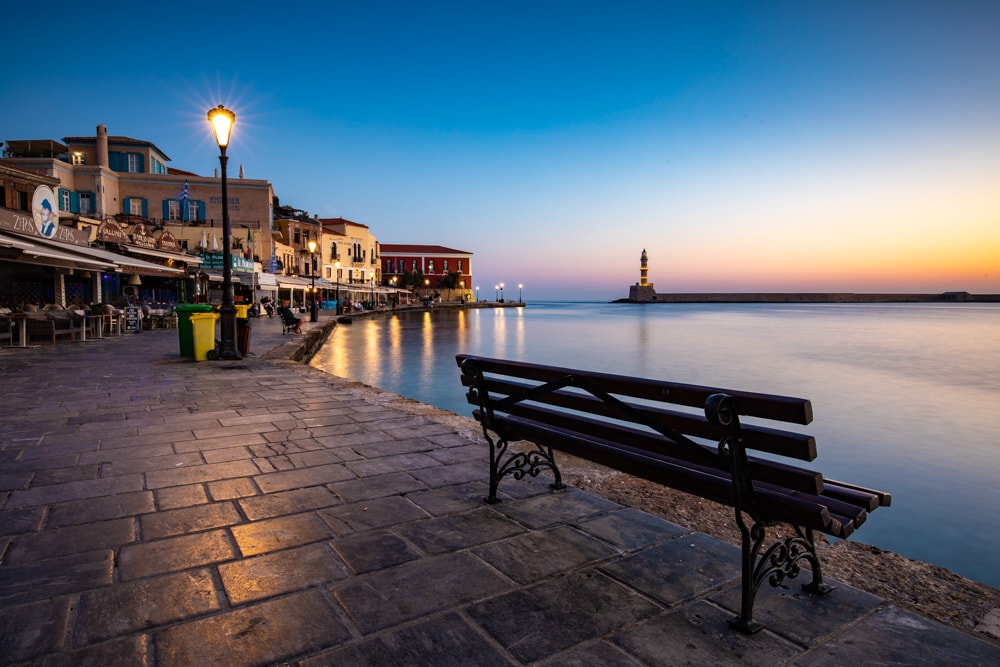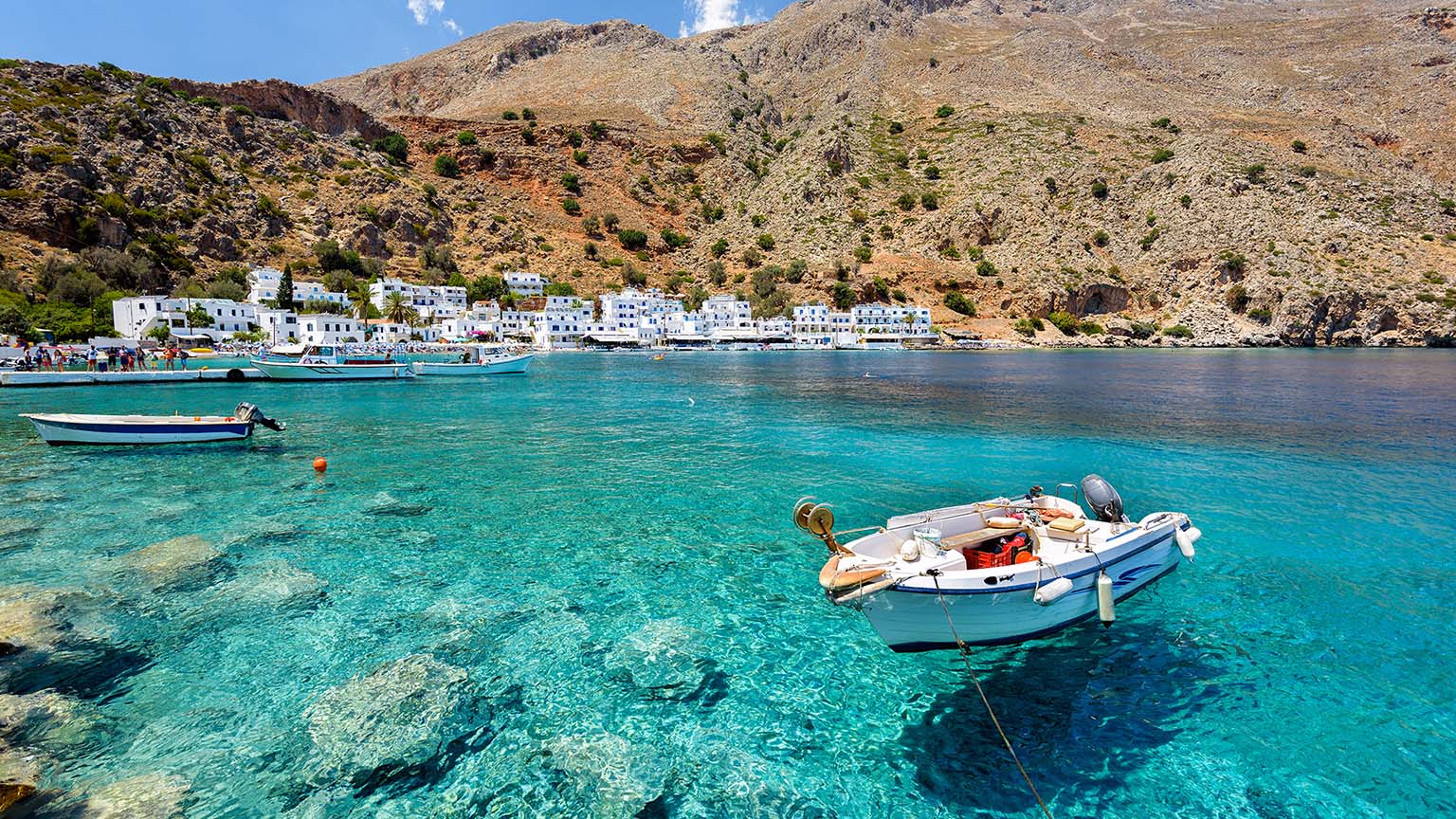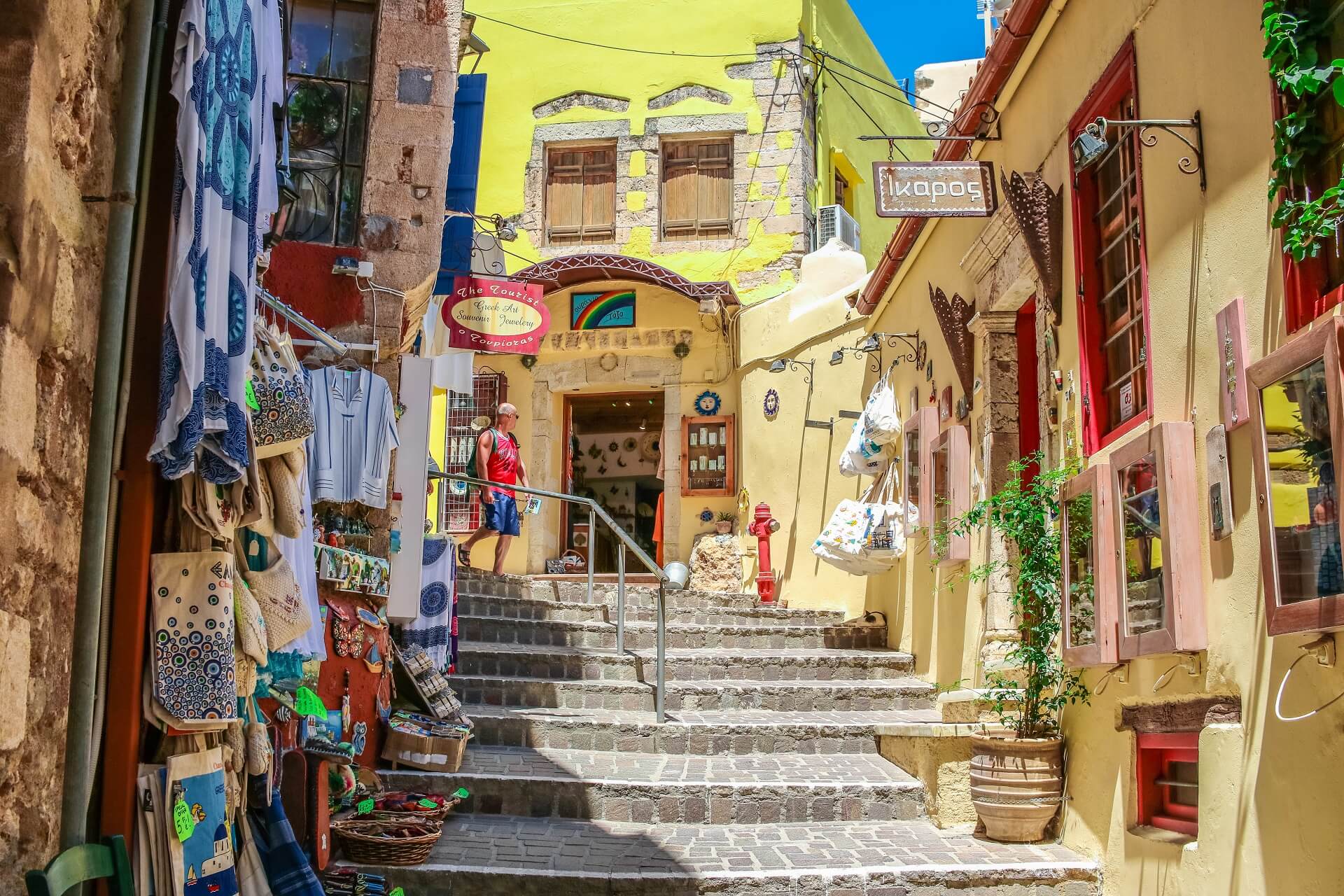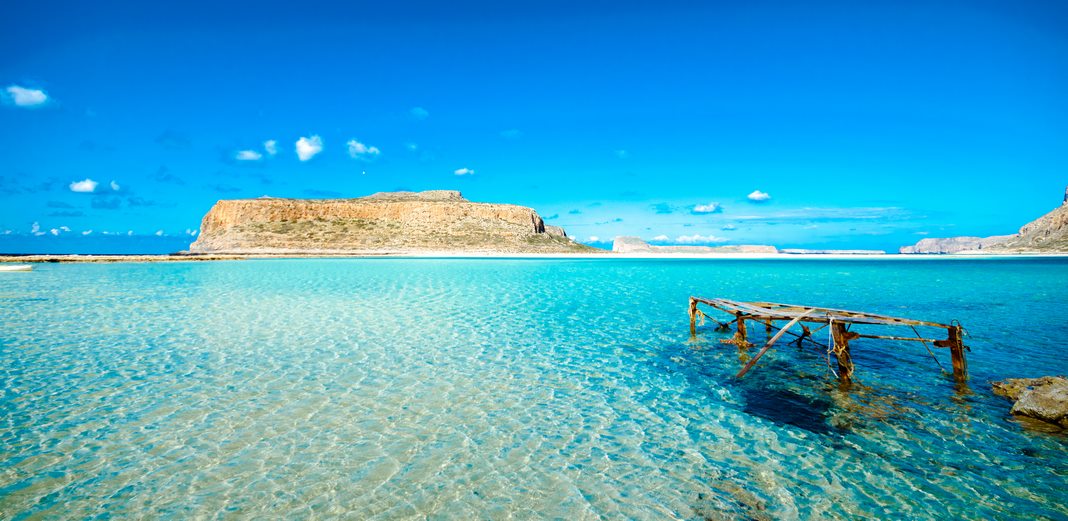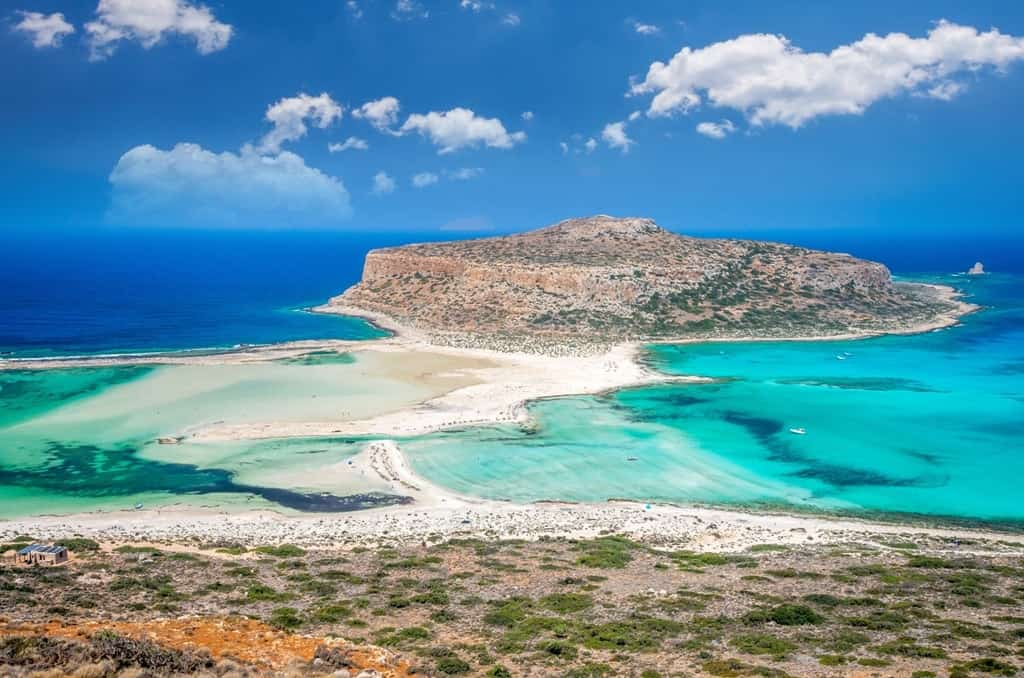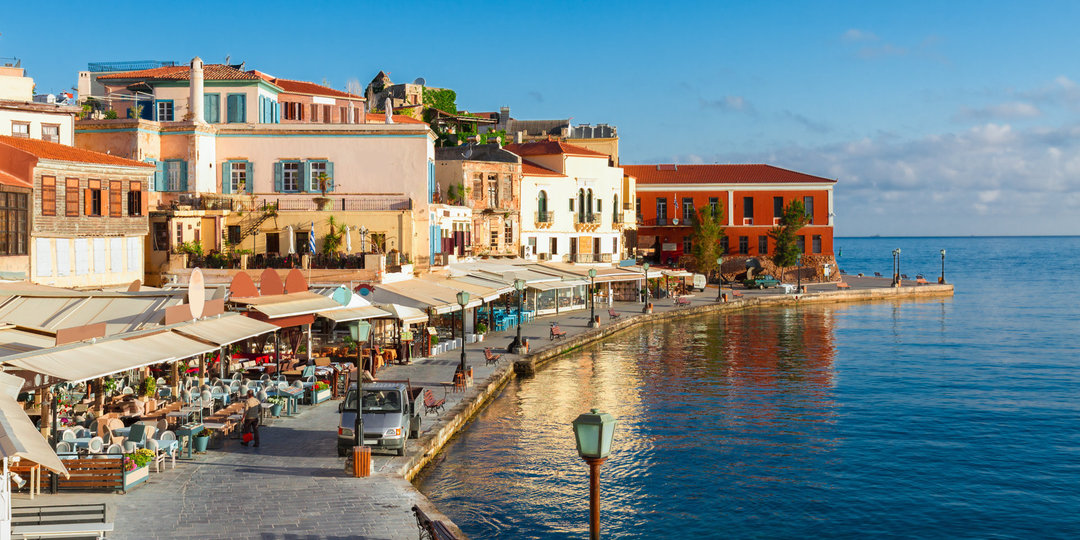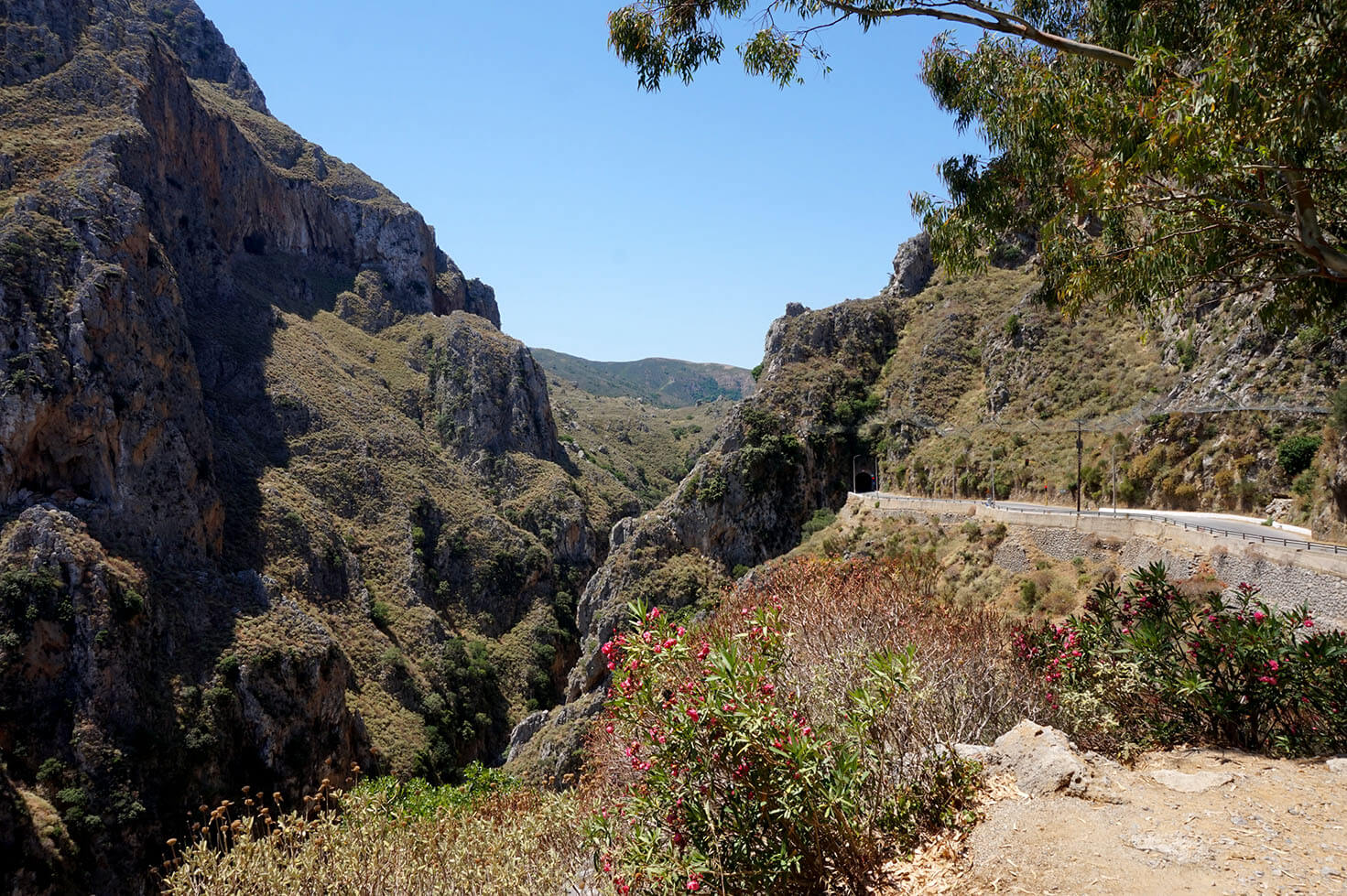About Crete
“Crete is a Mediterranean jewel. It’s rich with archaeological and mythological history that’s reflected in its ancient ruins and cultural attractions,” says Tripadvisor. Crete is among the four best destinations in the world for 2019 according to the popular website.
“Mountains, museums and the Minotaur's lair. Variety is the spice of life on the largest Greek island. Crete, home of the Minotaur legend and birthplace of Europe’s first evolved society, is a vivid and sensual mosaic of contrasts: from lofty mountains and pink-sand beaches, to buzzing nightlife and traditional kafeneions (coffeehouses). Standing at the crossroads of three continents, the atoll described by Homer in his Odyssey as ‘a fair land ... in the midst of the wine-dark sea’ has been invaded countless times over the centuries. The traces of successive invasions can be found in Turkish bathhouses, Venetian fortresses, and Byzantine architecture.
However, Cretans refuse to dwell on the past: any and every occasion is an excuse for a glendi (party), usually revolving round food: home-grown vegetables, locally produced olive oil, fat snails gleaned in the mountains, or raki brewed in the local still. And (as any Greek will proudly tell you) Crete is the country’s most hospitable island, so you can expect plenty of invitations to join in the fun.”
Heidi Fuller - The Telegraph UK
Old town of Chania-History
The Old Town of Chania is one of the most well-preserved Renaissance cities in Greece, combining the oriental aspect of the Ottoman domination with the Renaissance Venetian architecture, and also the rich history of the city keeping up with its modern tourist development.
The town of Chania is built on the site of the ancient Kidonia, one of the most important cities of Crete according to Homer. The surviving architectural remains of the city belong to large size buildings from the Mycenaean times. During the post-Mycenaean times, the city flourished greatly and remained such until the Roman era, when August Caesar declared Kidonia an independent town. Many ancient towns and temples had been constructed in the region, such as the temple of Asklepios in Lissos. In 823 AC, the city was surrendered to the Saracens and in 828 AC, it was destroyed like many Cretan cities.
In 961 AC, the Byzantines rebuilt the entire city using all the expendable material that was left from the ruins. To protect the city, they built a fortress around the hill, known as Kasteli. However, the town started declining, and from that period only some parts of the fortress walls survive to this day.
In 1204 AD, Chania was occupied by the Venetians who fortified the town around Kasteli fortress and restored the ruined city. During the four-century presence, Venetians built their catholic cathedral inside the castle and many elegant mansions. However, their strong fleet was soon attacked by the Genouates and they were defeated. As a result, they remained for some years in Chania but before they left the burned the whole town. The Venetians came back and rebuilt the entire city with a stronger wall around the city of Chania. The following years, Chania flourished greatly with the construction of many elegant buildings and houses according to the Venetian architecture.
This was a very prosperous period in the history of Chania, as it gave an impulse to trade and culture. Elegant mansions were constructed and the connection with Europe through Venice lead to the development of arts and literature. The famous painter Domenicos Theotokopoulos, also known as El Greco, was born at that time.
In 1645, after two months of siege, the town was surrendered to the Turks and the construction of the city changed as all Catholic churches were turned to mosques. After many battles and revolutionary acts from the inhabitants of Crete against the Turkish fleet the island was declared autonomous in 1897 and became the capital of the Cretan state.
In 1913, Crete was reunited with the rest of Greece after the many efforts of Eleftherios Venizelos, governor of Crete and later prime minister of the country. The extensive damages from the constant attacks in Crete wiped out the traces of old periods in Chania. From the Mycenaean Kidonia, only a few relics have been found from excavations and ceramic signs. Today, a large part of the old town of Chania has survived from the Venetian and Turkish period. The Venetian port and the historical alleys with the tall mansions in Chania give a nostalgic atmosphere. The history of Chania had a huge cultural impact in the life of the Cretans.
Chania nowadays
Chania nowadays is considered as one of the most famous luxury destinations in Greece. Known for its gastronomy through the tens of taverns, its crystal blue waters of the countless beaches on the north and south of the island, the picturesque old town that travels you through the centuries and the imposing Fortezza Firkas. The Venetian harbor with the old lighthouse, invites you to walk from the early morning hours, continuing your journey with anexcursionto the villages that surround Chania, each with its own character. The monuments that lie in every corner of this place cause you to visit us again.Thanks to its intense cultural activity, it can accommodate visitors all year round. Winter tourism focuses mainly on the local customs, the Cretan hospitality and the warm villages filled with rich flavors of immense green and natural activities. Christmas and Easter customs take place every year and the whole city dances in the rhythms of Carnival in the spring, parading over 20000 Carnivalists from all over Greece.
Chania is not just a city name, it’s an idea, a story, you will always remember!!!



